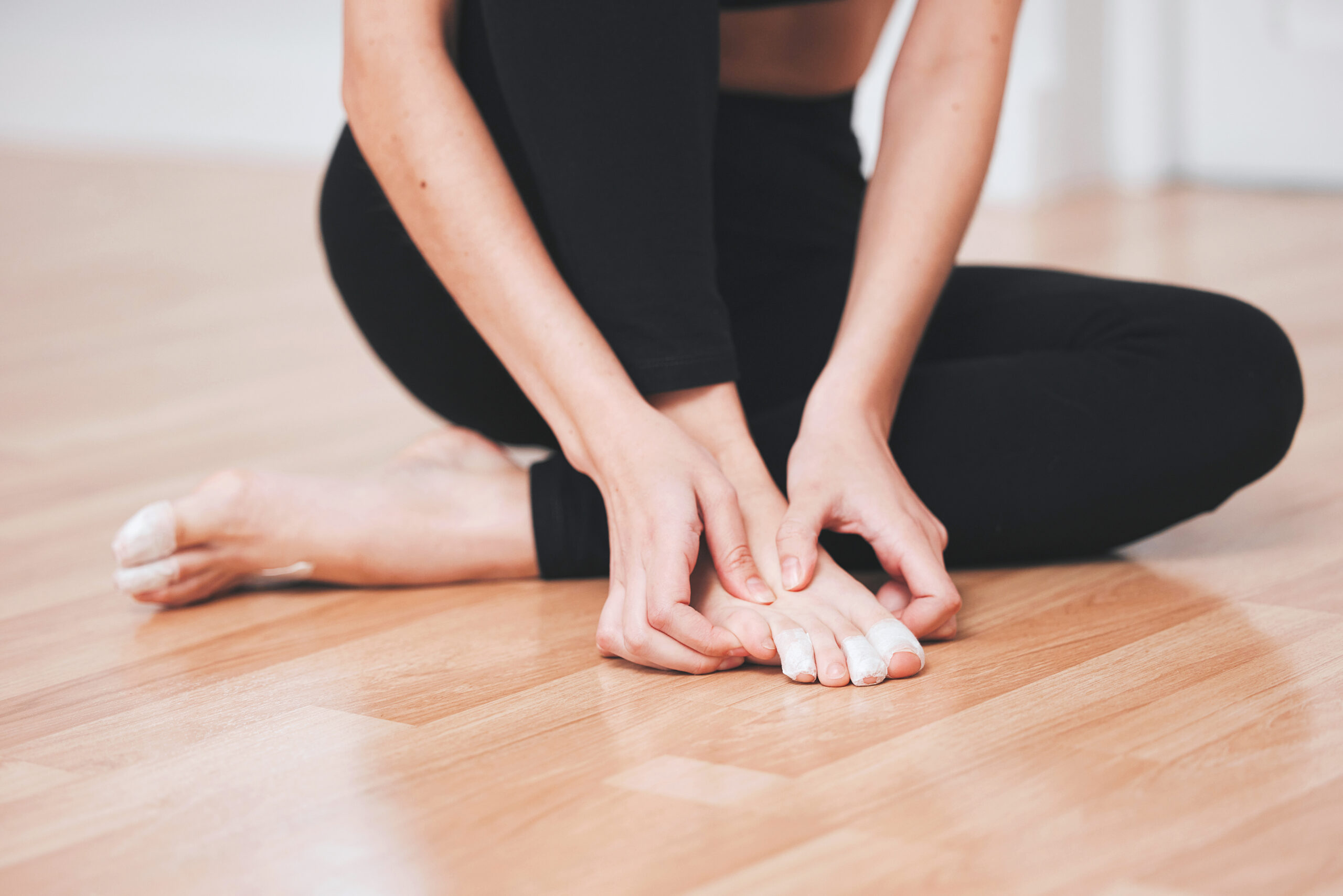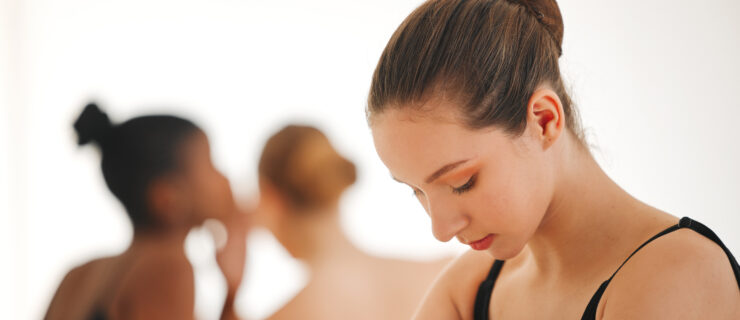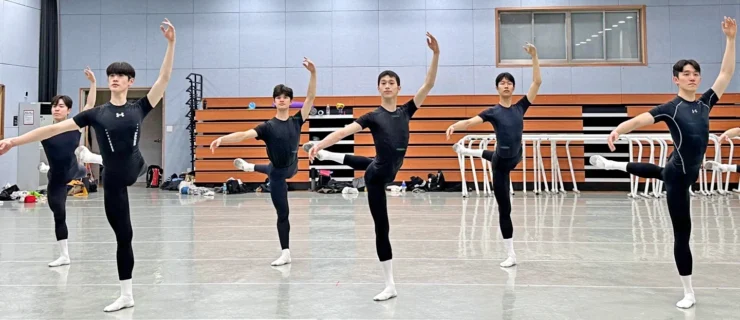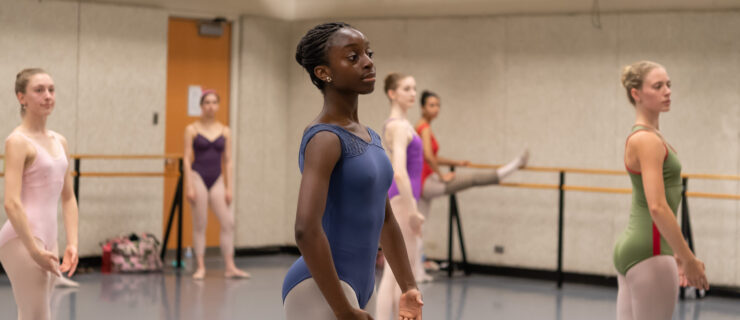Minor Ache or Injury? Why You Shouldn’t Keep Summer Intensive Pain to Yourself
Sarah Whitehead, now a dancer with Ballet Tucson, remembers the sinking feeling of getting an injury during a summer intensive. As a teenager hoping to land a spot in Pacific Northwest Ballet’s year-round Professional Division program, she felt pressure to dance to her max in every class of the school’s summer course. An annoying pain in her hip intensified the harder she worked. “I just kept pushing and pushing, until it went from a nagging pain to where I couldn’t lift my leg above 25 degrees,” she recalls. She kept quiet, icing at night and resting in the evenings while her classmates went out. “But finally it got too bad and I had to say something.”
Although she’d avoided it, having a conversation with her teachers came as a relief. “They were incredibly understanding and encouraged me to take it easy,” says Whitehead. “It went from this big fear to knowing they were there to help.”
It’s not uncommon to feel soreness, muscle fatigue, and a few blisters or bruised toenails at a summer program. But it can sometimes be hard to identify when a nagging pain is developing into a more serious injury—and tempting to keep it to yourself out of fear that you’ll lose an opportunity or have to sit something out. Knowing when to alert your teachers and seek medical help can make the difference between struggling through the summer and prioritizing your future.
It’s Okay to Speak Up
After alerting her teachers, Whitehead was diagnosed with severe tendinitis and had to stop dancing for the rest of PNB’s program. In retrospect, she sees that pushing through pain cost her in the long term. “I ended up having hip problems for a long time after that,” she says. “I think that if I’d said something sooner, maybe the injury would not have gotten to the degree that it did.”
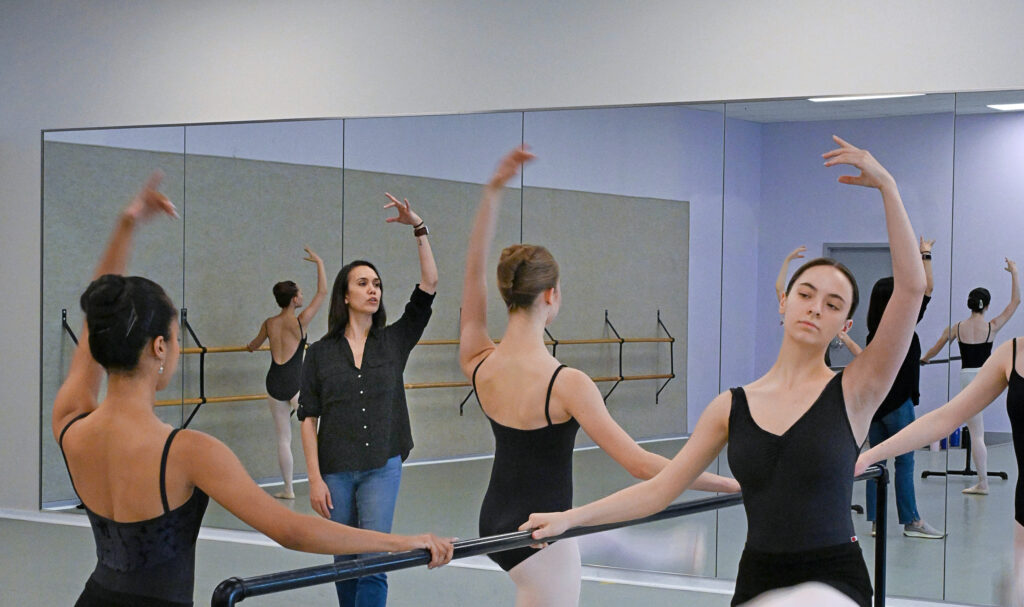
As Whitehead learned, the mental stress of ignoring an injury can be almost as bad as the physical pain, and delaying help often means a longer recovery time. Noelani Pantastico, artistic director of Central Pennsylvania Youth Ballet, says that although it’s sometimes scary, communicating with your teachers is not only key to healing but part of your overall development. “As soon as something arises, you have to address it,” she says. “Keeping it in is not going to help you heal, it’s just going to add more stress to your mind and then to your body. Once you talk about it, it feels a lot less terrifying.”
Identify Warning Signs
Since minor aches and pains are so common, you might be unsure when an issue crosses the line from something you can manage yourself to one needing medical treatment. Emily Becker, DPT, owner of Arts and Athletics Physical Therapy in St. Johns, Florida, points to some basic red flags, depending on whether you’ve had an acute incident (like landing wrong from a jump) or a gradual-onset injury. “If there’s a dramatic loss in range of motion, a lot of swelling, if you’re unable to bear weight and if it’s discolored at all, you need attention,” she says.
For tendinitis-type injuries, it can be harder to decide what level of discomfort is safe to continue dancing on. “A ‘normal’ tendinitis will feel grumpy with your first pliés and tendus, but as you progress through class it should calm down because there’s more blood flow to the area,” says Becker. “If you can tolerate it when you’re warmed up, you’re generally okay to keep dancing.” But if the inflamed area doesn’t calm down, you have a more serious problem: “If it’s not getting better or feels worse over the course of a class, or if there’s painful popping, you’ve crossed a threshold and need to get the area addressed.”
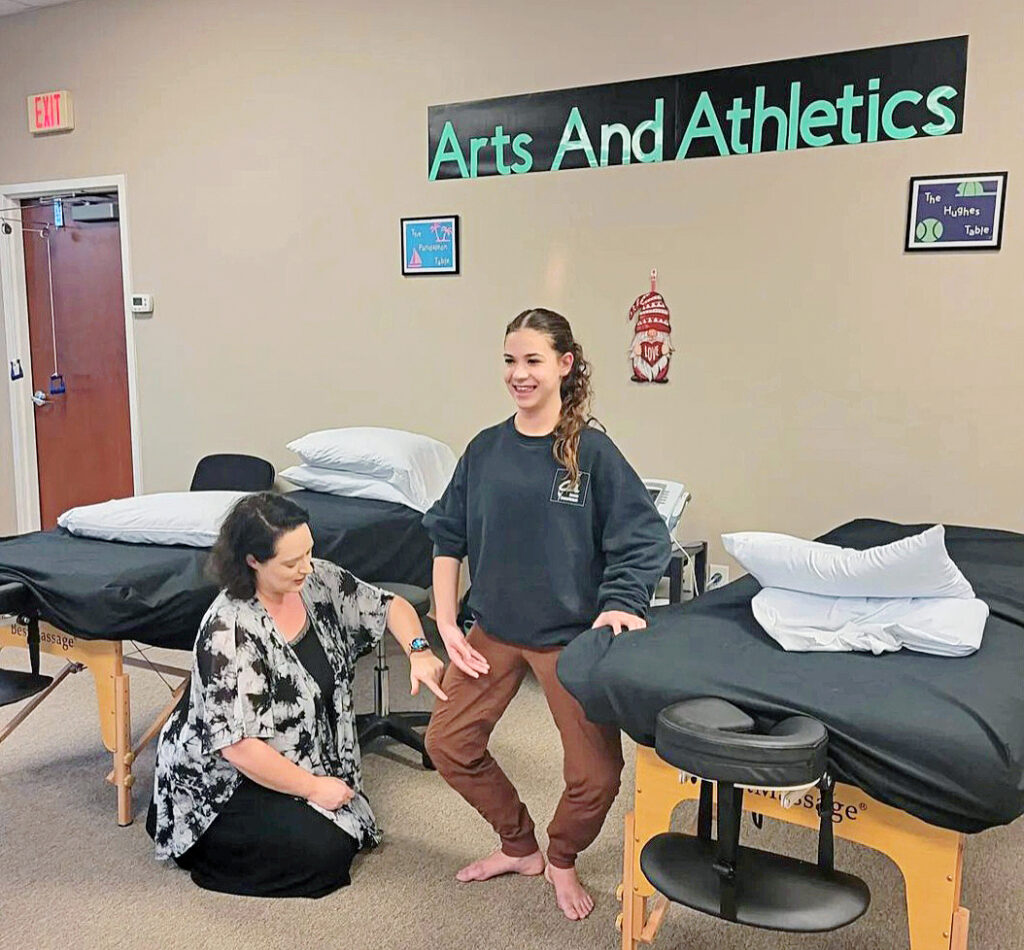
Dr. John Brummer, a podiatrist who works frequently with dancers, says stress reactions in the lower leg and foot are also common among students during summer intensives. “The stress reaction is inflammation of the bone and can lead to a fracture,” he says. “The sign that it’s going from stress reaction to fracture is an increase in swelling, pain with every step, or intense pain in one specific spot on the shin or foot. That’s when medically you need to immobilize it in a cast and rest.”
Whitehead’s experience taught her not to ignore pain that’s relentless or carries on outside the studio. “When it inhibits your everyday activities, like it hurts to pull on a shoe because your foot is so sore, something’s abnormal,” she says.
Pointe Shoe Pain
With pointe-shoe–related wounds—blisters, bruised or ingrown toenails, corns— the big concern is infection. “If you see redness around the wound or streaking up towards the ankle, that’s very dangerous,” says Brummer. “Pus also means there’s an infection and you should see a podiatrist.”
Even without an infection, if your feet are in severe pain, tell your teacher and ask their advice. Pantastico wants to understand a student’s situation and see if she can help. “Maybe they’re in the wrong shoes or need to change what they’re using for toe protection,” she says. “But if they’re really hurting, I’d rather they take class on flat, since foot pain can lead to compensating and working incorrectly.”
Modify If Necessary
Fear of taking time off during an already short intensive may make you hesitate to speak up when something hurts. But alerting your teachers doesn’t always mean sitting out, and seeking medical help can actually enable you to keep dancing. Becker says that there are plenty of ways to modify class to prevent further irritation. “If it hurts to plié, work more straight-legged. If you can’t relevé, you can still complete most of barre. And there’s no reason why you can’t have the world’s best épaulement.”
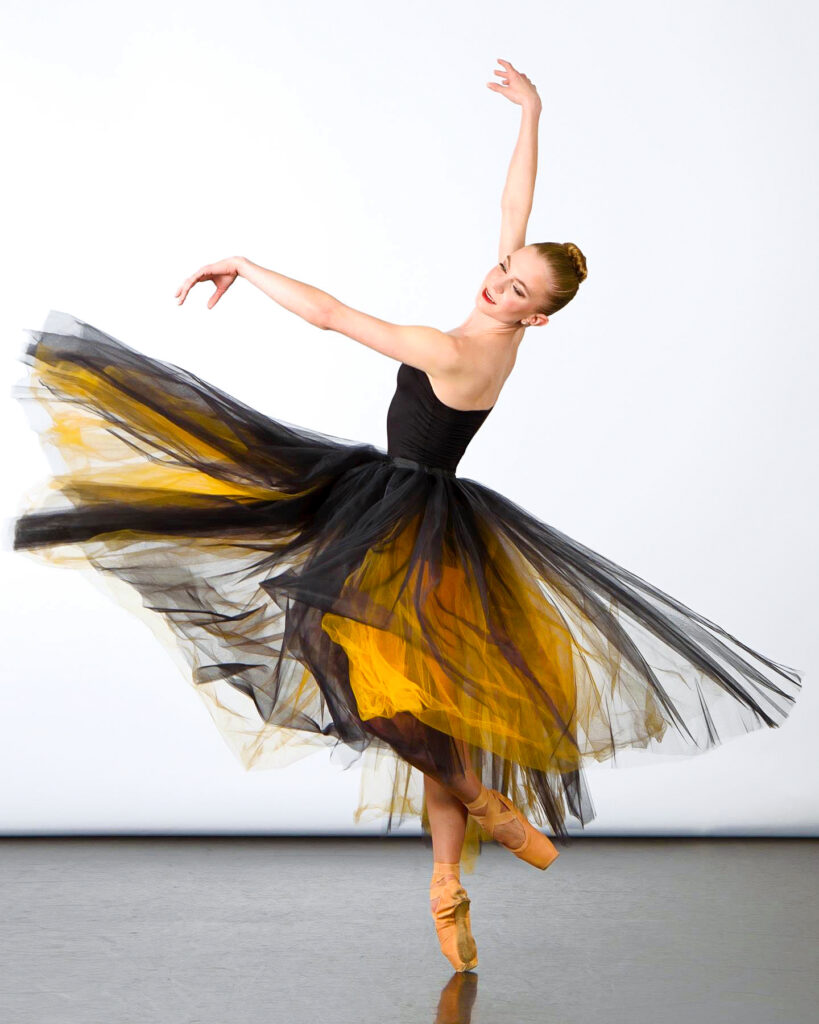
All is not lost if you do have to sit out and observe. A big part of the summer intensive experience is exposure to new training styles and teachers, which you can still absorb from the side of the studio. When Pantastico was a CPYB student herself and struggling with shin splints, she wrote down combinations, corrections, and technical details in a journal on days she had to watch class. “There’s a lot of work your mind can do, even if your body can’t,” she says. “Jotting down information helps you understand the ‘why’ of certain corrections and technical details, which is huge. And it keeps you invested and engaged.”
A few years after her hip injury, Whitehead found herself in another tough situation at City Ballet of San Diego’s summer program. Fearful of jeopardizing her chances at an apprenticeship, she brushed aside an achy foot. But a few days in, she was having trouble walking, and an MRI confirmed her foot was fractured. “I was so set on my immediate goal that I pushed myself way too hard and set myself back for months,” she says. (She received a traineeship instead, but was later promoted to apprentice after rehabbing that fall and winter.) “It’s really hard on your confidence and mental health to see your friends dancing when you can’t, but only you know what you’re feeling and what’s best for you.”
